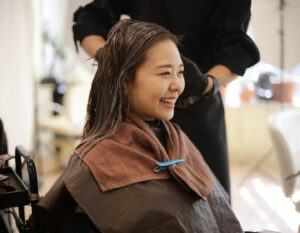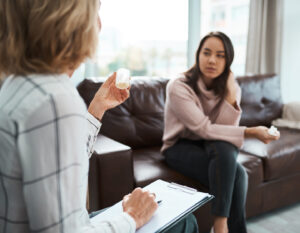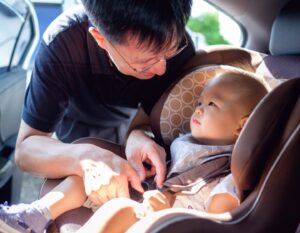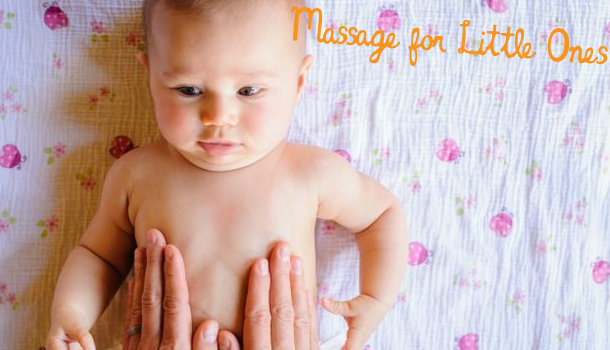
 Post Category - ParentingParenting - Post Category - BabyBaby
Post Category - ParentingParenting - Post Category - BabyBaby Post Category - Health & WellnessHealth & Wellness - Post Category - WellnessWellness
Post Category - Health & WellnessHealth & Wellness - Post Category - WellnessWellnessPaediatric massage is a form of external Traditional Chinese Medicine (TCM) therapy for children that stimulates specific acupuncture points in the body. Used to heal, comfort and stimulate growth and brain development in little ones, we chatted with the TCM experts at Urban Rehab to find out more about this ancient technique and how we can safely massage our own kids at home.
Do children need massage? How does massage help them? These are some of the questions that many parents often ask when they first hear about paediatric massage. This form of massage promotes the flow of qi and blood and harmonises the workings of the organs. If done consistently on a long term basis, it can enhance physical fitness and immunity. Many parents look to infant massage to treat constipation, diarrhoea, torticollis, fever, cough, cerebral palsy, and myopia, to name a few.
The great thing about this form of therapy is it’s simple, economical, practical, and effective. It does not involve any injections or medications, and it is something parents can do at home with their own children.
Many practitioners have found that paediatric massage is most effective for children below 6 years of age, with the greatest benefits in those children under 3. Depending on the condition, paediatric massage is done by applying different massage techniques on specific parts of the body with the aim of treating illness and regulating bodily functions.
Paediatric massage is commonly practised as part of a daily healthcare routine for children, especially the “circular abdominal massage technique” (摩腹) and “pinching and pulling the spine technique” (捏脊). In the ancient Chinese medical classic Qian Jin Yao Fang, it was mentioned that “although a child is not ill, frequent morning massages of the fontanel and the centre of his palms and feet will help prevent the child from catching colds easily”. In modern paediatric healthcare, physical contact in the early years is often emphasised as it is believed that the earlier and more frequent a child receives the power of touch, the better it is for the child’s physical and mental development.
Below is a short routine that can be done daily by parents with their little ones. Feel free to massage your child with baby massage oil or baby powder – whatever works best for you.
Stage 1: Hands
Step 1: Kneading and Pushing Four Transverse Creases
Location of acupoints: At the palmar side of the second joints of the index, middle, ring and small fingers.

Technique: With your left hand, hold one of your child’s hand with his/her palm facing up. Use your right index or middle fingertip to respectively knead the four transverse crease acupoints in a circular motion for 2 to 3 minutes. Or you can bring your child’s four fingers close together and push his/her four transverse crease acupoints starting from the index finger towards the small finger using your right thumb for 50 to 100 times. Alternate your child’s hand for every massage routine.
Step 2: Kneading and Pushing Ban Men Acupoint
Location of acupoint: At the thenar (ball of the thumb) of the child’s palm.

Technique: With your left hand, hold four fingers of one of your child’s hand and use your right thumb to knead the Ban Men acupoint 2 to 3 minutes. The acupoint can also be pushed from your child’s thumb base towards the wrist crease to stop diarrhea or pushed from the wrist crease towards the thumb base to stop vomiting. Pushing this acupoint back and forth can help regulate the digestive system. For pushing, repeat 50 to 100 times. Alternate your child’s hand for every massage routine.
Step 3: Kneading the centre of the palm
Technique: With your left hand, hold the fingers of one hand of your child and use your right hand to knead his/her palm centre 50 to 100 times. Alternate your child’s hand for every massage routine.
Stage 2: Abdomen
Circular Abdominal Massage

Technique: With your child lying face-up, use your right fingers or palm to do circular massage motions on his/her abdomen, with the navel as the central reference point. Massaging in a clockwise direction will increase bowel movements, which is suitable for children with dry stools or sluggish bowels, while massaging in an anti-clockwise direction will reduce the bowel movements and is suitable for children with diarrhoea or loose watery stools. For general wellness, this step is done with a balance of both anti-clockwise and clockwise directions. Repeat the circular massage motions for 50 to 100 times in total.
Note: This technique should not be overdone in terms of force or duration and your hands should be warmed prior to this technique.
Stage 3: Feet
Kneading Yong Quan Acupoint
Location of acupoint: At the centre of the sole, in the depression appearing on the sole when the toes curl inwards.

Technique: Use your thumb to knead this acupoint for 2 to 3 minutes.
Stage 4: Back
Pinching and pulling the spine
Location of acupoints: Along the two sides of the spine, from the tailbone to the base of the neck.

Technique: With your child lying face-down, apply some massage oil or powder to your child’s back and massage lightly along the centre of the spine from above to below 3 times. Then place your hands on each side of the tailbone. Grasp and lift his/her skin with your thumbs and middle and index fingers, rolling the skin upward from the tailbone to the base of the neck 3 to 5 times.
Note: This step should not be overdone, nor should the line of pinching and pulling become slanted. You should pause and release the pinch frequently while moving up along the sides of your child’s spine.
 View All
View All


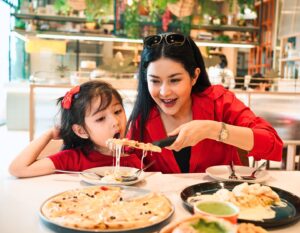





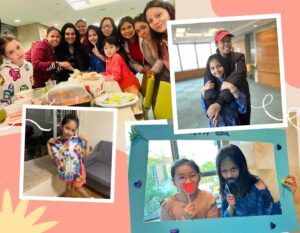


 View All
View All


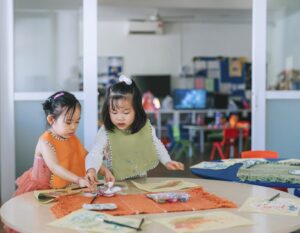


 View All
View All


 View All
View All


